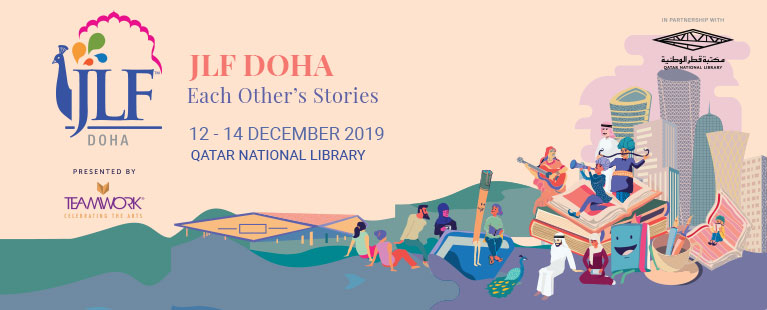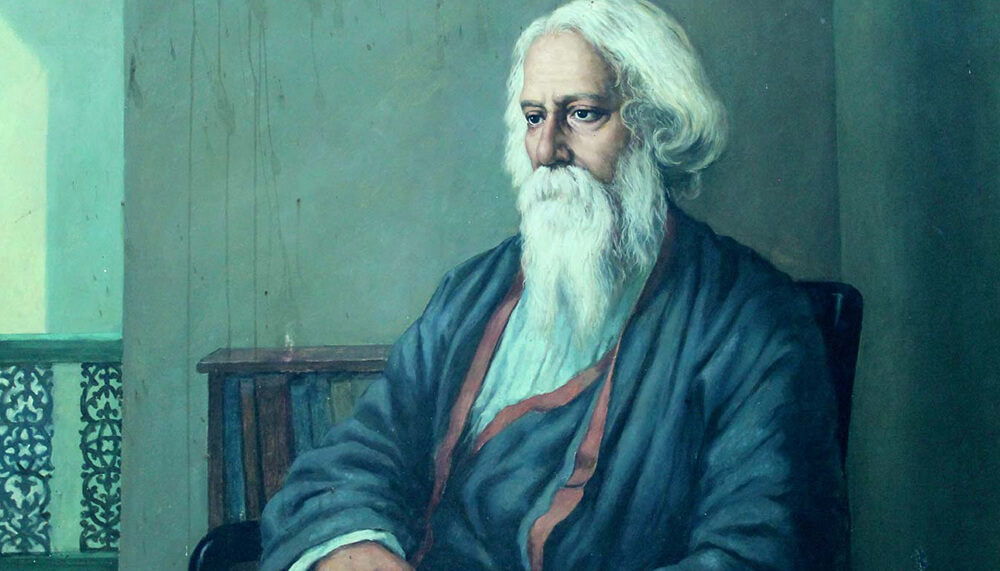


Connecting Cultures with Tagore
“Wanted convent-educated fair bride for 28-yr-old …” I remember my grand-mom looking up these matrimonial ads for my mama (maternal uncle). What was the big deal of being convent-educated; weren’t most of us from a convent school? The lovely Irish nuns of Loreto Convent Asansol, who pushed and prodded till we walked without letting the book fall off our heads, put one foot in front of the other, never crossed our legs or ran along the long cool corridors, had apparently turned out perfect bride material! These dedicated Irish educators and missionaries gave us many memories that seem archaic today. But how well they looked after us, adapting to and adopting the local ambience in the institutes they created.
Everything to do with culture was considered precious in a school in Bengal; the Bengalis revered their culture above everything. And so Rabindranath Tagore or “Gurudev” was almost a reigning deity. There was Rabindra Sangeet trilling out of the music room every hour as each class went in turns for music lessons that were mandatory!
Caught in her cultural aspirations, my mom named me “Geetanjali”; that only half the name stuck in my baby lisp is another story. So Tagore, Irish nuns and I go back a long way.
It was only much later in life that I came upon another quirky ‘Irish Tagore’ connection. Tagore was an exact contemporary of W.B. Yeats. And they were friends and mutual admirers of each other’s work. Tagore was a polymath and reshaped Bengali literature, music and art and rooted it in a modern Indian context. His work Gitanjali (song offerings) in 1910 earned him the Nobel Prize in Literature and today all of us want his sentiments to come true like never before.
“Where the mind is without fear
And the head is held high,
Where knowledge is free.
Where the world has not been broken up into fragments by narrow domestic walls.
Where words come out from the depth of truth,
Where tireless striving stretches its arms toward perfection.
Where the clear stream of reason has not lost its way
into the dreary desert sand of dead habit.
Where the mind is led forward by thee
into ever widening thought and action.
In to that heaven of freedom, my father,
LET MY COUNTRY AWAKE!”
This poem of his makes me more emotional than all the other patriotic (vs nationalistic) poems put together!
Tagore was the first non-European to be awarded the Nobel. Exactly ten years later in December 1923, Yeats was awarded the Nobel Prize "for his always inspired poetry, which in a highly artistic form gives expression to the spirit of a whole nation". Even though, it was Yeats who introduced Tagore to the European world, his Nobel came later!
Tagore met with a variety of literary figures in 1012, - Ezra Pound and Thomas Sturge Moore amongst them. But apparently he was overwhelmed on meeting Yeats who had been impressed in turn by the manuscript of Gitanjali and said, “If someone were to say he could improve this piece of writing, that person did not understand literature.”
Yeats wrote an introduction to Tagore’s collection and this caught the imagination of the Western world. Yeats was well-established in the London literary circles and his endorsements were noticed. Tagore, meanwhile, travelled to America and delivered a series of stimulating lectures at Harvard. By the time he returned to England, he was being revered as a seer of calm Eastern mysticism. His flowing beard and draped clothes gave him an appearance that matched the image.
Yeats’s fascination with Tagore waned in later years but the simplistic, religious and devotional nature of Tagore’s poetry had captured the imagination of the world by then.
Tagore never visited Ireland as national political movements in Ireland and India were similar and under much colonial scrutiny.
Another ‘Tagore-Irish’ connection which fascinated me was that Tagore’s play The Post Office was staged at the Abbey Theatre in Dublin alongside Irish nationalist leader Patrick Pearse’s play An Ri. Pearse and Tagore were in touch, proof being the letters found in the National Library of Ireland (NLI) which are signed by Patrick Pearse.
On an aside, it wasn’t just gravitas and nationalism that connected India and Ireland – there is some mildly provocative history of two Irishmen, one a “soldier of fortune”, William Tone, considered the most ‘colourful’ of the Irish adventurers involved with India in the late 18th century. He was a tall and handsome man, charmingly attractive to women, with a devil-may-care attitude. He is remembered as a good soldier and died in battle in the services of Jaswant Rao Holkar. He was buried somewhere in Haryana.
The other was the enterprising George Thomas, who, according to reports, was a “giant of a man from Tipperary”, deserted the British Man of War at Madras, and went on to carve a small kingdom around the old Rajput Fort of Hansi. Maurice Hennessy’s book – The Rajah from Tipperary - gives an account of his life.
More trivia on the India-Irish connection which we are celebrating at JLF Belfast in June – Mussoorie, the popular hill-station in our country, was also founded by an Irishman!
Why don’t you, dear readers, go on a quest to find some more such charming stories?

Leave a comment